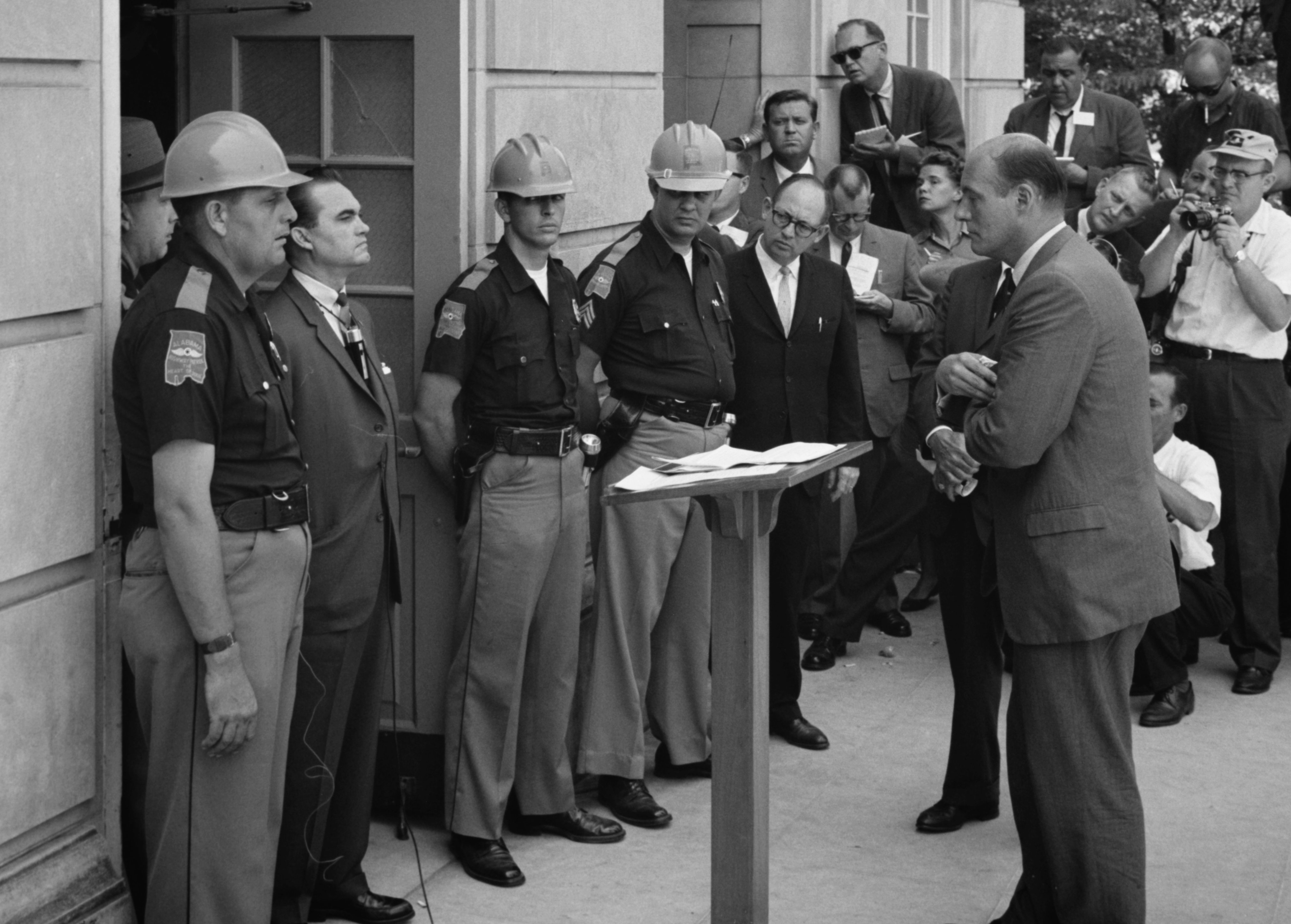
Figure 1 – George Wallace Attempting to block integration at the University of Alabamaand being confronted by U.S. Attorney General Nicholas Katzenbach, fifty years ago today. From the Wikimediacommons and the archives of the LOC and in the public domain.
We have discussed at some length the iconic image of the Turkish woman in red, how she became a meme, and how she rapidly rose to worldwide internet status. Well just as her memetic stature was starting to fade, we were greeted today by new images from Istanbul, these of riot police emptying Taksim Square in a blaze of tear gas and water cannon.
Well, even keeping away from the specifics of the politics, there’s a lot of interesting aspects to this. The goal of the opposition is always to create memes to appeal to the common psyche. The goal of those in power is what? To try very hard not to create memes? Or is it to create the meme of the iron fist? Either way, historically this fails. I vividly remember my political science teacher in college remarking that the only legitimate wielder of power in a society is the government, but each time they use that power against the citizenry they diminish it.
Images of today’s police offensive in Istanbul is a very recognizable meme. The oppression of lawful demonstrations in Turkey seems all too familiar to other squares and other crackdowns. indeed, you can argue that we are watching the genesis or reinforcement of a meme. We have seen this play before and ultimately we know how it will end.
And then, as if that is not enough, we have NBC reporter Richard Engel broadcasting live from Taksim Square wearing a gas mask. What is the subliminal message of this – that it has become unsafe to breath the very air that is our human birthright, or that repression has forced us to inhabit the dark subterranean places frequented by rats and moles? At some level it is certainly that freedom of expression is not squashed, but ultimately triumphant. I apologize if I am being melodramatic. But the Engel image is so bizarre as to become surreal. The meaning is complex and subtle. But it is powerful stuff.
And finally, consider Turkish Woman in Red in the context of Figure 1. This is an image from the United States Library of Congress and shows Alabama Governor George Wallace barring entry to the University of Alabama by African American students. Here he is confronted by United States Attornery General Nicholas Katzenbach. The image was taken fifty years ago today.


